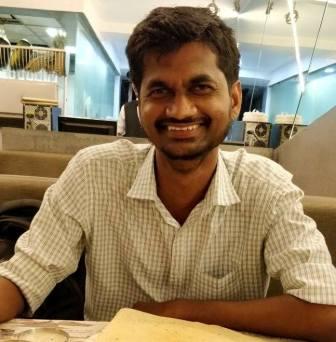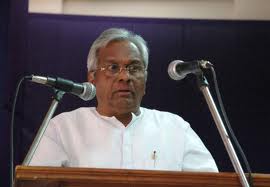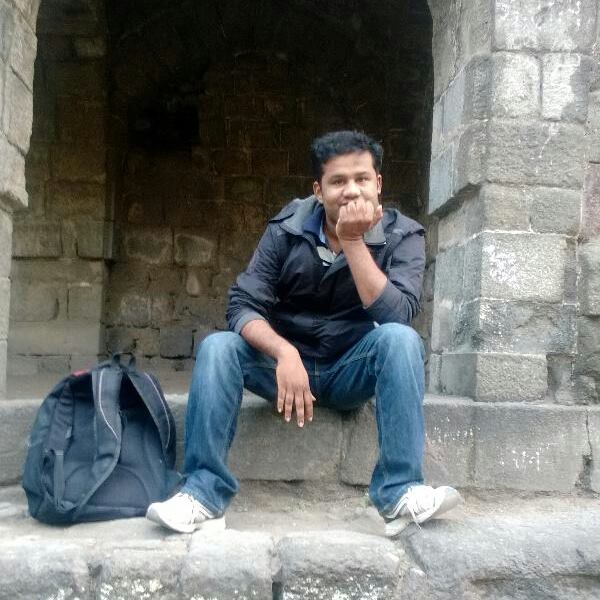Pallavi Muraleedharan
As I was perusing the newspaper the other day, the photo of a teenager caught my attention. It wasn’t a very unusual thing to see a beautiful fair-skinned young girl winning the Bharatanatyam or Kuchipudi competitions in the school youth festivals. After all, those are perhaps the only competitions that satiate the readers and hence the photographers, unlike the more boring and less popular items like writing (sigh!). Now, I was actually struck by the name of the girl. It ended with ‘Bhattathiripad’*. Not surprising enough, yet for a 15-year-old, after all the there-is-nothing-called-caste-anymore notion held by many around, especially in Kerala.
Thinking about the evolution of the Indian classical dances, everyone will acknowledge the important role of the devadasis. How it all began among the lower caste temple girls, who later resorted to begging and prostitution for survival, following the overthrow of the system, thus stripping them off their high status bestowed upon them by the society earlier.
Beginning with Rukmini Devi, coming from a Brahmin family, who revived Bharatanatyam to Jayaprabha Menon, it is very interesting to note that Indian classical dances have become the forte of caste Hindu women (with a few exceptions, perhaps). Looking at caste and class at the same time, it isn’t difficult to decipher why.
So this whole thing reminded me of a piece that I read on the Hindu’s Friday Review a few months back by Aranyani Bharghav who very beautifully asks if caste/class played any role in the evolution of classical Indian dance forms. She points out that among the six hasya rasas, the Natyashastra establishes that only three, smitam, hasita and vihasita alone fitted the women of higher social stature. Now these three forms ranged from the gentle charming smile to the gentle laughter. Now the other three were Upahasita, apahasita and atihasita. The last two were silly meaningless laughter and loud and roaring laughter which were portrayed by women of adhama or lower status. The writer goes on to narrate the obsession of the present classical dancers with the first three, particularly the gentle smile. Obviously, we know how our culture has somehow defined the righteous women, the fair, comely and obedient one, in contrast to the dark skinned vamp. And there is no explanation required on how they depict them. Reflect upon any movie where Silk Smitha plays the vamp, and think about how the heroine is portrayed.
Now when you search for the names of popular and successful Indian classical dancers, most of them belong to the higher castes (of course, there are exceptions, but I am stressing on the word ‘most’). Why? Class and caste have gone hand in hand for the past decades. Very few from the lower castes tend to take up dancing professionally, although there are a lot now who take regular classes. Is it sheer disinterest or is there something else that plays in between?
So what once started among the lower rung women is now claimed by the upper caste/class. Besides, this claiming was done very carefully. And they very thoroughly and cautiously cleansed the art too. Not just refining, but changing its complexion and mannerisms. Now they have rescued the future of art!
And even today the devadasis are a reality. Although the system was outlawed in 1988, poor rehabilitative interventions from the part of authorities and poverty still force many women into ‘sacred’ prostitution. The president of National Alliance of Women, Dr. Ruth Manorama, called Devadasi system ‘an organised crime against Dalit women’. Now, even if one argues it is never an ‘organized’ crime, it is indeed a crime that all of us are aware of and silently been ignoring for a very long time. And even today, when there is such great outcry over exploitation of women at work or in public transport (the caste politics in all of it is worth thinking about), very less attention do Indians give towards this injustice.
An annual Devadasi national dance festival or award (just naming the award) doesn’t help the actual devadasis. They still live in their villages, married off to a god, each one’s virginity being auctioned in public, and then become prostitutes and end up in brothels and suffer from sexually transmitted diseases and stigma. And their turmoil begins as early as age 8. Where is the urban middle class of India staging a protest in a metro? Well, it isn’t their business, is it?
Today there are thousands of devadasis in the country. They are a bleeding community that sends their daughters into a tradition that has now become a necessity for survival. Surveys show that to find a devadasi above the age of 50 is rare. Poverty, malnutrition and debilitating diseases plague them. Moreover, they are plagued by their own past and uncertain future.
It is amusing in a very dark way how that young girl I saw in the papers is carrying on the legacy from these unfortunate women. Her high caste name follows the first name her parents have given her – they know perfectly well its advantages. Yes, she is probably going to be a starlet in our film industry. After all, our movies have always loved the heavy surnames… You know who they are… The devadasis do not dance anymore, not the refined and fair-complexioned classical dances of our country…
*Bhattathirippad is a Brahmin surname.
~~~
Pallavi Muraleedharan has a Bachelor’s degree in Nursing from the University of Calicut, Kerala; pallavimuraleedharan-at-gmail-dot-com









